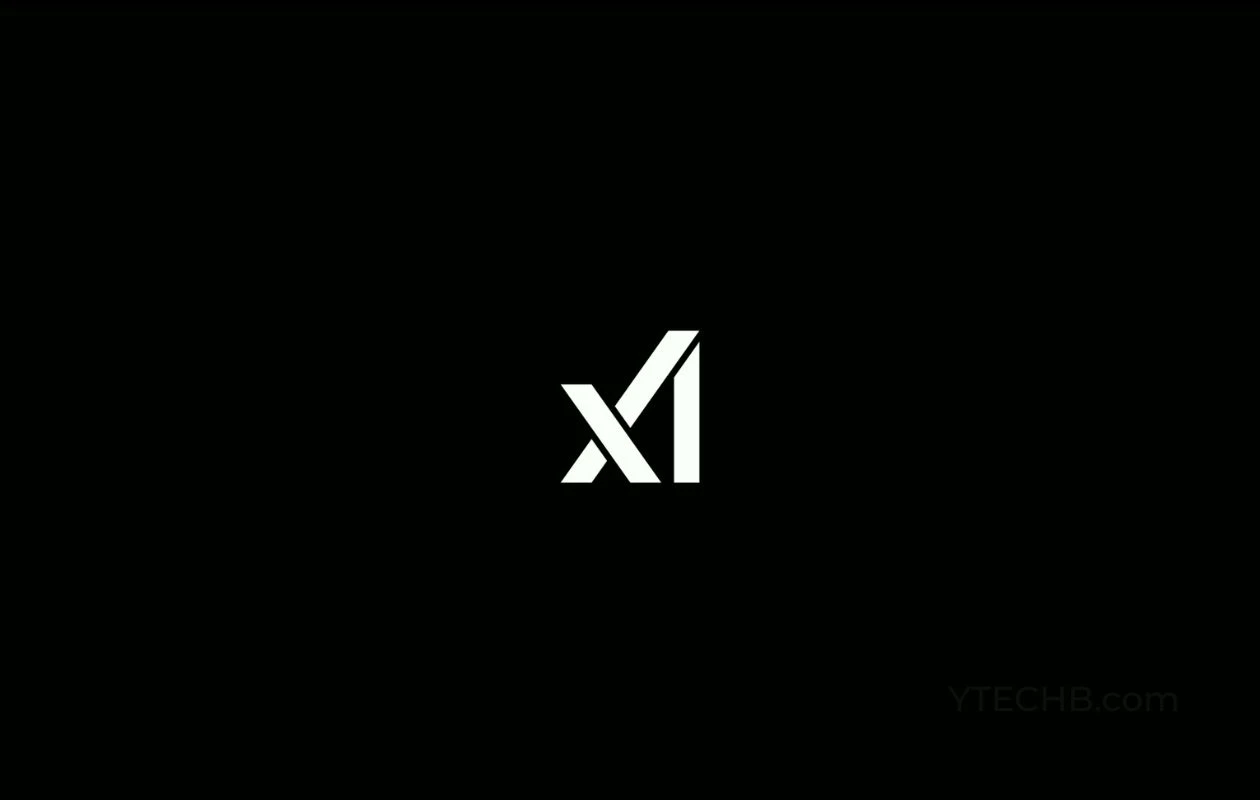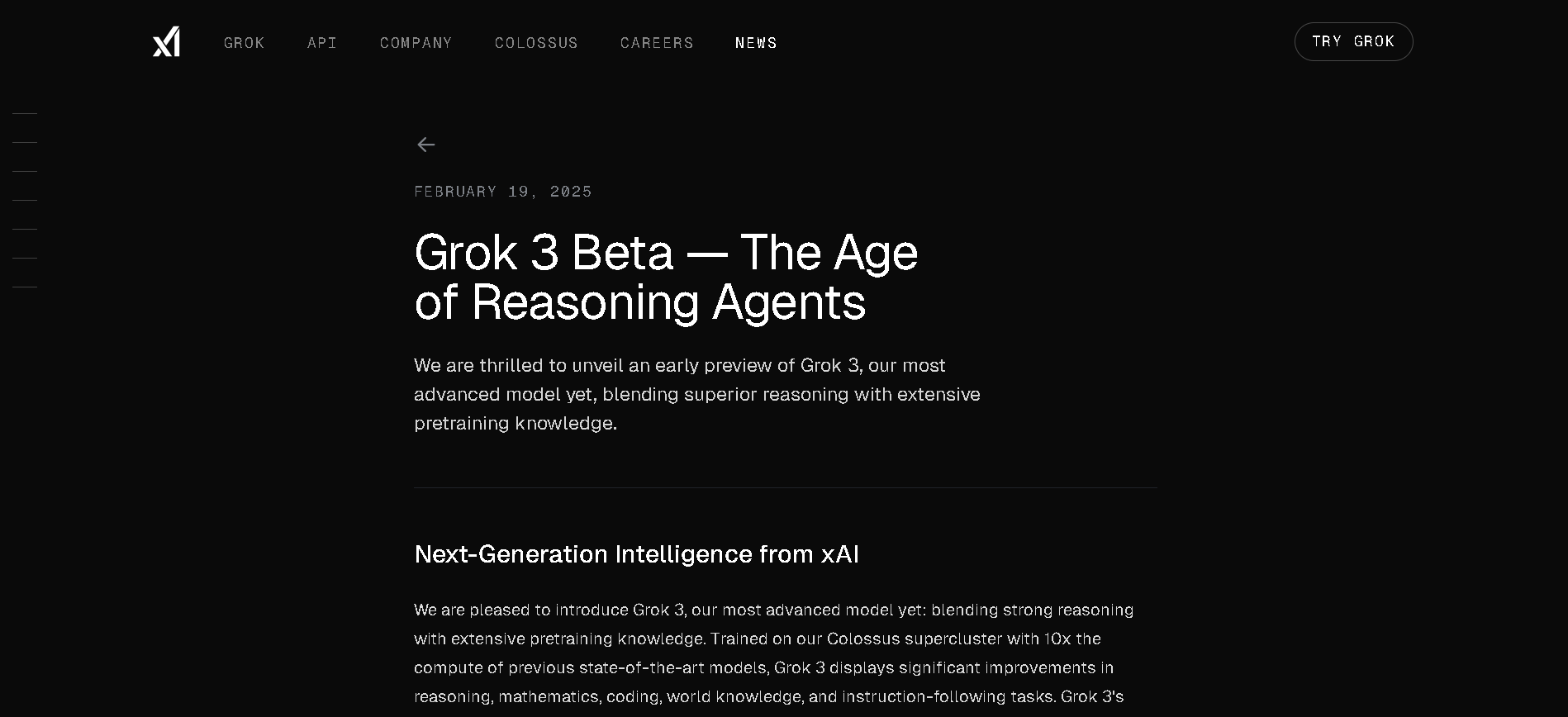
- Developers & Engineers: Integrate into chatbots, live-support tools, or pipelines needing rapid responses.
- Stems & Coding Teams: Use in prompt-heavy reasoning or debugging flows where speed matters.
- Enterprises: Streamline high-throughput tasks—like document parsing or transactional Q&A.
- Researchers & Analysts: Get faster responses without trading off depth or clarity.
- Startups & Scaleups: Leverage full Grok 3 quality at lower latency for competitive UX.
How to Use Grok 3 Fast?
- Access via xAI API: Available under the model ID `grok-3-fast-beta` (or `grok-3-fast`).
- Submit Multimodal Prompts: Send text and optional images using the full 131K token context window.
- Await Accelerated Response: Enjoy quicker turnaround compared to standard Grok 3, with same-quality outputs.
- Monitor Usage & Cost: Charged at $5 per M input tokens and $25 per M output tokens.
- Scale Integration: Compatible with OpenAI-style APIs—easily integrate via platforms like Promptfoo or Requesty.
- Speed with Parity: Same textual and reasoning results as flagship Grok 3 but served faster thanks to optimized infrastructure.
- Large Context: Supports up to 131K tokens—ideal for complex, long-form tasks.
- Consistent Quality: Doesn’t sacrifice output fidelity—just serves it quicker.
- Multimodal & Reasoning Power: Still includes chain-of-thought, multimodal input, and structured outputs.
- Standard API Integration: Works seamlessly in existing pipelines—OpenAI-compatible.
- Identical reasoning, code, and multimodal abilities as Grok 3
- Quickest response delivery—great for live systems
- Large context window without quality trade-offs
- Easy integration via existing OpenAI-style frameworks
- Excellent for real-time, high-throughput environments
- Higher cost than standard Grok 3: $5/$25 per M tokens
- Doesn’t include transparent thinking mode—use Grok‑3 Mini for that
- "Big Brain" mode remains unavailable in fast tier—limited to flagship or Mini paths
Free Tier
$ 0.00
Limited access to DeepSearch
Limited access to DeeperSearch
Super Grok
$30/month
More Aurora Images - 100 Images / 2h
Even Better Memory - 128K Context Window
Extended access to Thinking - 30 Queries / 2h
Extended access to DeepSearch - 30 Queries / 2h
Extended access to DeeperSearch - 10 Queries / 2h
API
$5/$25 per 1M tokens
Cached Input - $1.25/M
Output - $25.00/M
Proud of the love you're getting? Show off your AI Toolbook reviews—then invite more fans to share the love and build your credibility.
Add an AI Toolbook badge to your site—an easy way to drive followers, showcase updates, and collect reviews. It's like a mini 24/7 billboard for your AI.
Reviews
Rating Distribution
Average score
Popular Mention
FAQs
Similar AI Tools

GPT-4o Mini Realtime Preview is a lightweight, high-speed variant of OpenAI’s flagship multimodal model, GPT-4o. Built for blazing-fast, cost-efficient inference across text, vision, and voice inputs, this preview version is optimized for real-time responsiveness—without compromising on core intelligence. Whether you’re building chatbots, interactive voice tools, or lightweight apps, GPT-4o Mini delivers smart performance with minimal latency and compute load. It’s the perfect choice when you need responsiveness, affordability, and multimodal capabilities all in one efficient package.

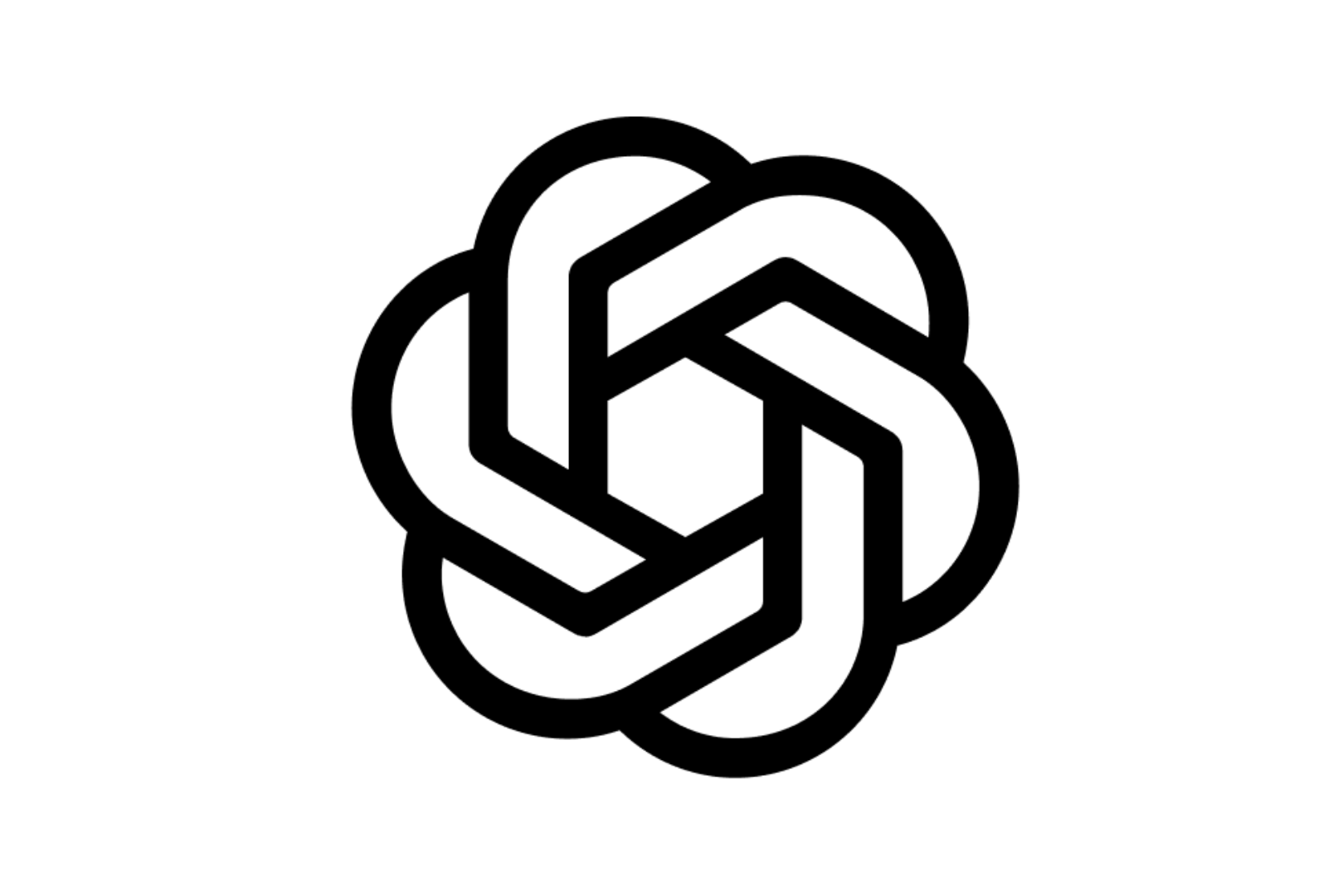
OpenAI GPT 4o mini..
GPT-4o Mini Realtime Preview is a lightweight, high-speed variant of OpenAI’s flagship multimodal model, GPT-4o. Built for blazing-fast, cost-efficient inference across text, vision, and voice inputs, this preview version is optimized for real-time responsiveness—without compromising on core intelligence. Whether you’re building chatbots, interactive voice tools, or lightweight apps, GPT-4o Mini delivers smart performance with minimal latency and compute load. It’s the perfect choice when you need responsiveness, affordability, and multimodal capabilities all in one efficient package.


OpenAI GPT 4o mini..
GPT-4o Mini Realtime Preview is a lightweight, high-speed variant of OpenAI’s flagship multimodal model, GPT-4o. Built for blazing-fast, cost-efficient inference across text, vision, and voice inputs, this preview version is optimized for real-time responsiveness—without compromising on core intelligence. Whether you’re building chatbots, interactive voice tools, or lightweight apps, GPT-4o Mini delivers smart performance with minimal latency and compute load. It’s the perfect choice when you need responsiveness, affordability, and multimodal capabilities all in one efficient package.
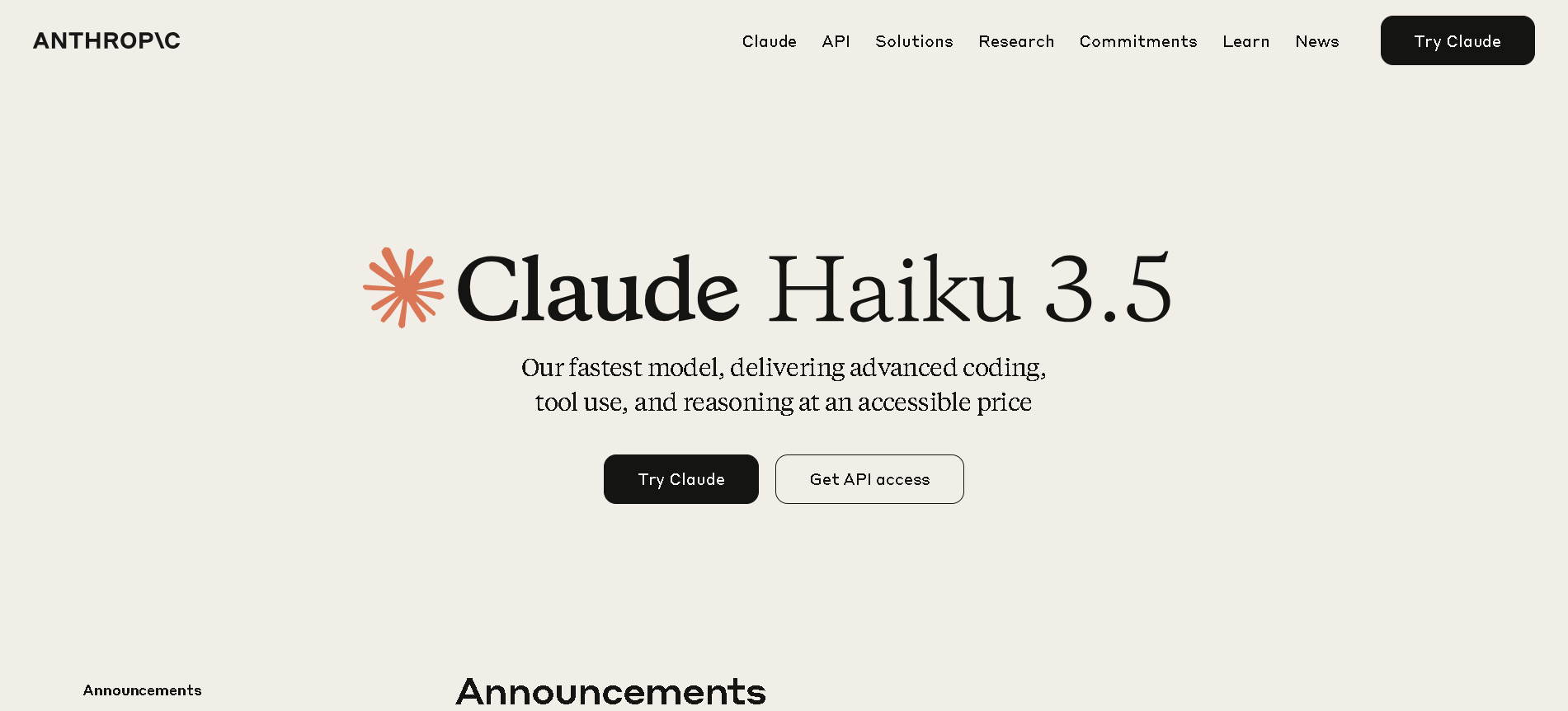

Claude 3.5 Haiku
Claude 3.5 Haiku is Anthropic’s fastest and most economical model in the Claude 3 family. Optimized for ultra-low latency, it delivers swift, accurate responses across coding, chatbots, data extraction, and content moderation—while offering enterprise-grade vision understanding at significantly reduced cost


Claude 3.5 Haiku
Claude 3.5 Haiku is Anthropic’s fastest and most economical model in the Claude 3 family. Optimized for ultra-low latency, it delivers swift, accurate responses across coding, chatbots, data extraction, and content moderation—while offering enterprise-grade vision understanding at significantly reduced cost


Claude 3.5 Haiku
Claude 3.5 Haiku is Anthropic’s fastest and most economical model in the Claude 3 family. Optimized for ultra-low latency, it delivers swift, accurate responses across coding, chatbots, data extraction, and content moderation—while offering enterprise-grade vision understanding at significantly reduced cost
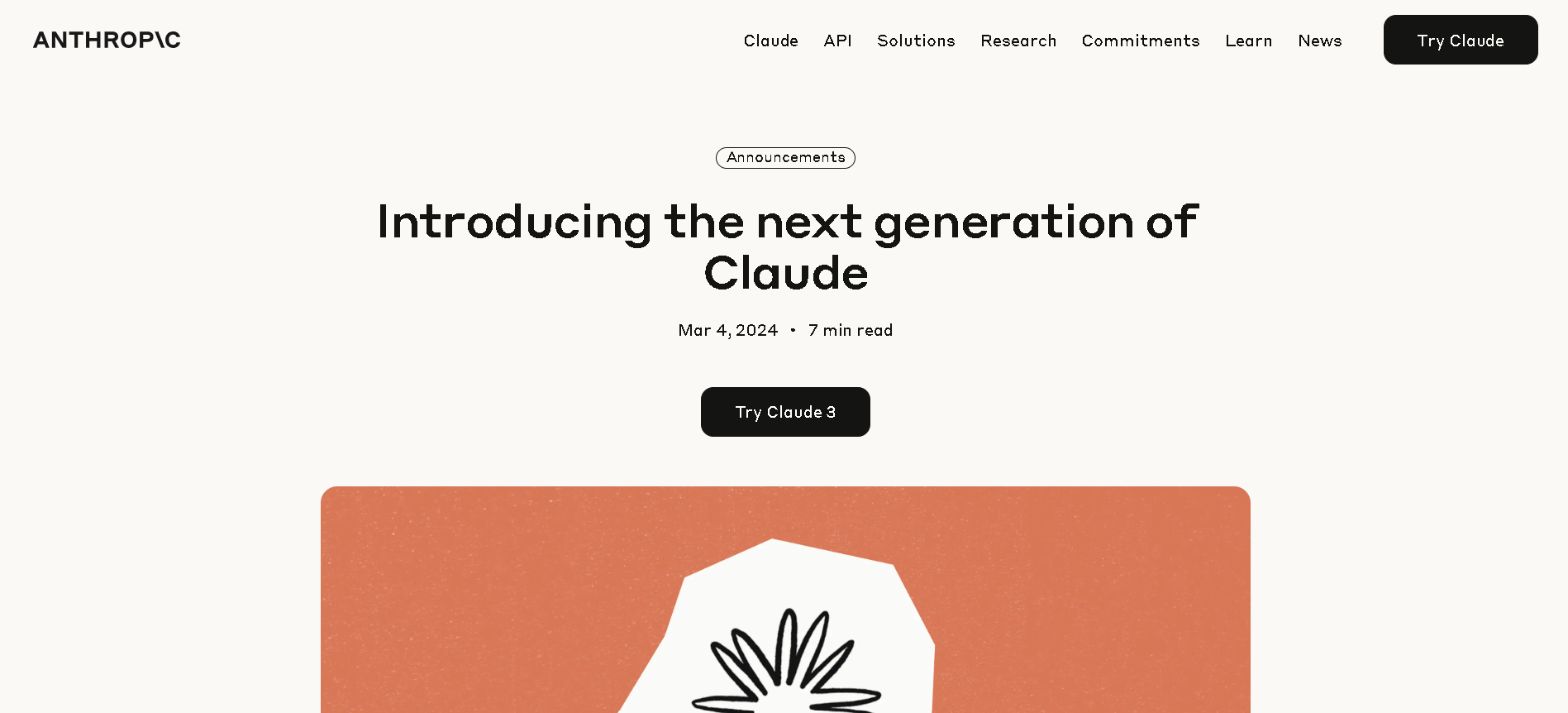
Claude 3 Sonnet
Claude 3 Sonnet is Anthropic’s mid-tier, high-performance model in the Claude 3 family. It balances capability and cost, delivering intelligent responses for data processing, reasoning, recommendations, and image-to-text tasks. Sonnet offers twice the speed of previous Claude 2 models, supports vision inputs, and maintains a 200K‑token context window—all at a developer-friendly price of $3 per million input tokens and $15 per million output tokens.

Claude 3 Sonnet
Claude 3 Sonnet is Anthropic’s mid-tier, high-performance model in the Claude 3 family. It balances capability and cost, delivering intelligent responses for data processing, reasoning, recommendations, and image-to-text tasks. Sonnet offers twice the speed of previous Claude 2 models, supports vision inputs, and maintains a 200K‑token context window—all at a developer-friendly price of $3 per million input tokens and $15 per million output tokens.

Claude 3 Sonnet
Claude 3 Sonnet is Anthropic’s mid-tier, high-performance model in the Claude 3 family. It balances capability and cost, delivering intelligent responses for data processing, reasoning, recommendations, and image-to-text tasks. Sonnet offers twice the speed of previous Claude 2 models, supports vision inputs, and maintains a 200K‑token context window—all at a developer-friendly price of $3 per million input tokens and $15 per million output tokens.
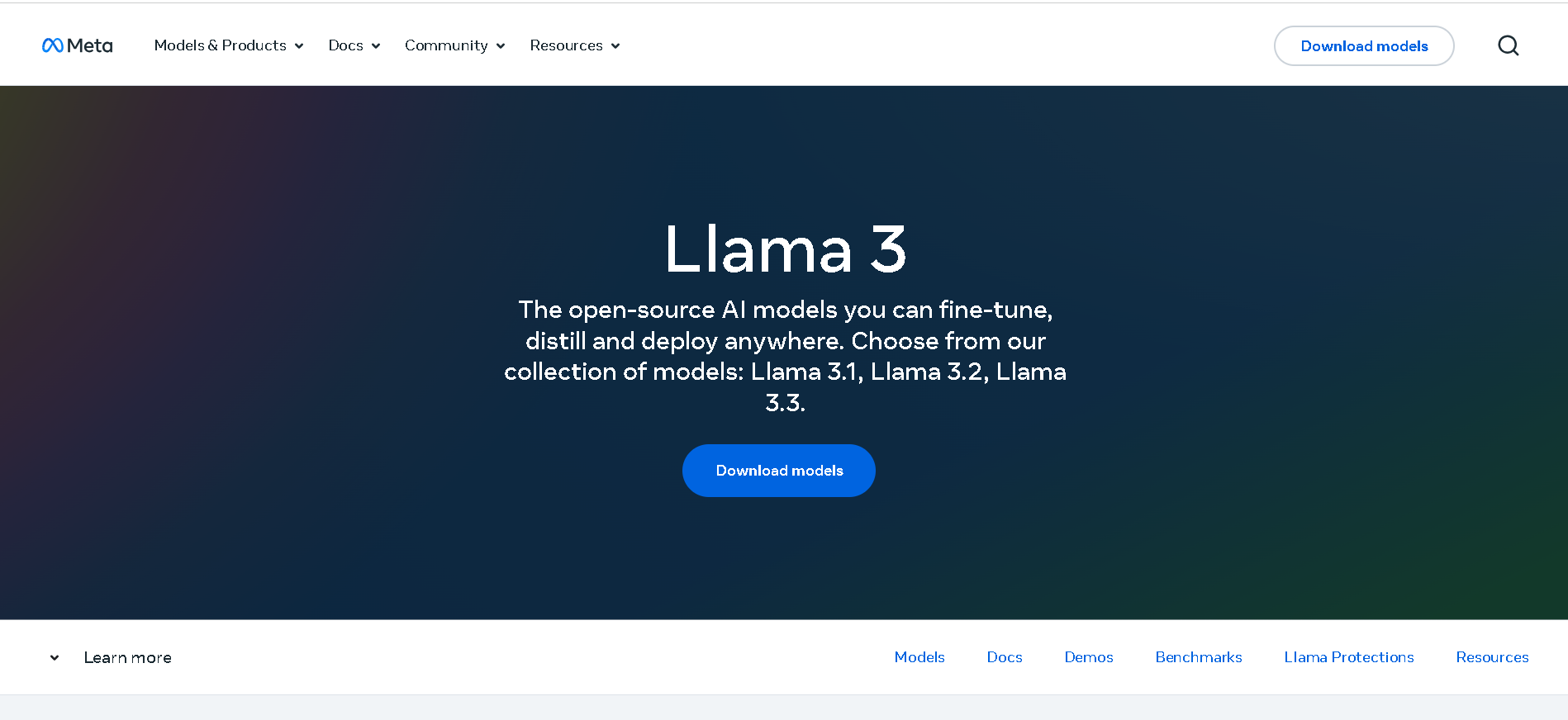
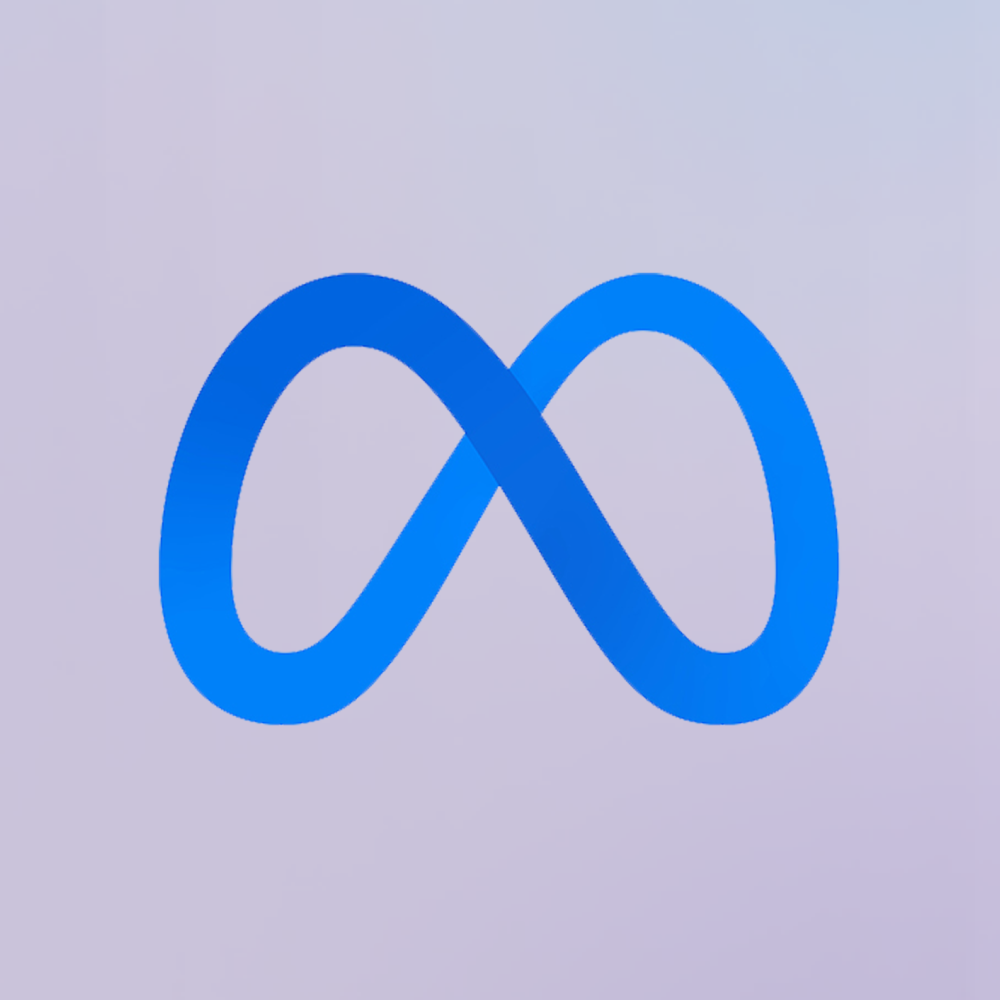
Meta Llama 3
Meta Llama 3 is Meta’s third-generation open-weight large language model family, released in April 2024 and enhanced in July 2024 with the 3.1 update. It spans three sizes—8B, 70B, and 405B parameters—each offering a 128K‑token context window. Llama 3 excels at reasoning, code generation, multilingual text, and instruction-following, and introduces multimodal vision (image understanding) capabilities in its 3.2 series. Robust safety mechanisms like Llama Guard 3, Code Shield, and CyberSec Eval 2 ensure responsible output.


Meta Llama 3
Meta Llama 3 is Meta’s third-generation open-weight large language model family, released in April 2024 and enhanced in July 2024 with the 3.1 update. It spans three sizes—8B, 70B, and 405B parameters—each offering a 128K‑token context window. Llama 3 excels at reasoning, code generation, multilingual text, and instruction-following, and introduces multimodal vision (image understanding) capabilities in its 3.2 series. Robust safety mechanisms like Llama Guard 3, Code Shield, and CyberSec Eval 2 ensure responsible output.


Meta Llama 3
Meta Llama 3 is Meta’s third-generation open-weight large language model family, released in April 2024 and enhanced in July 2024 with the 3.1 update. It spans three sizes—8B, 70B, and 405B parameters—each offering a 128K‑token context window. Llama 3 excels at reasoning, code generation, multilingual text, and instruction-following, and introduces multimodal vision (image understanding) capabilities in its 3.2 series. Robust safety mechanisms like Llama Guard 3, Code Shield, and CyberSec Eval 2 ensure responsible output.
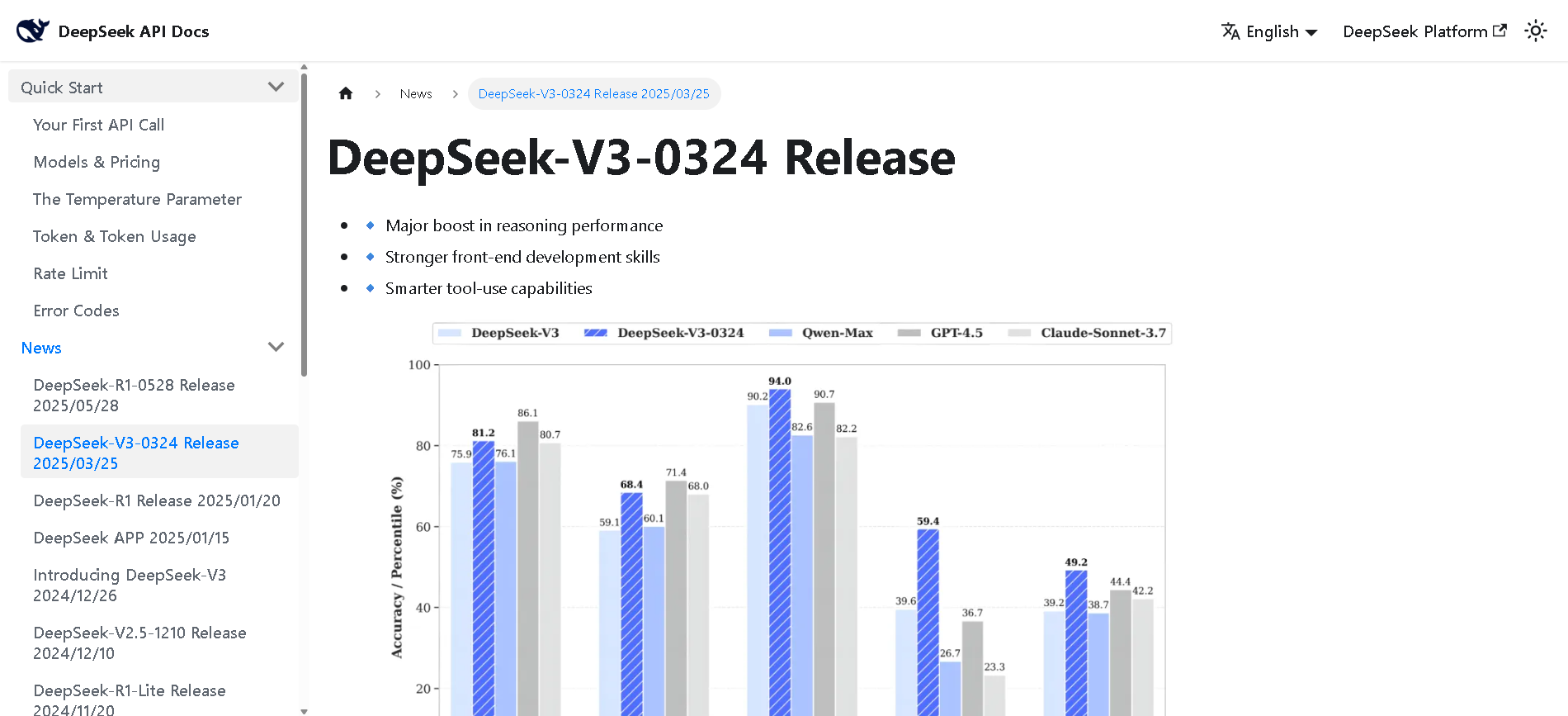
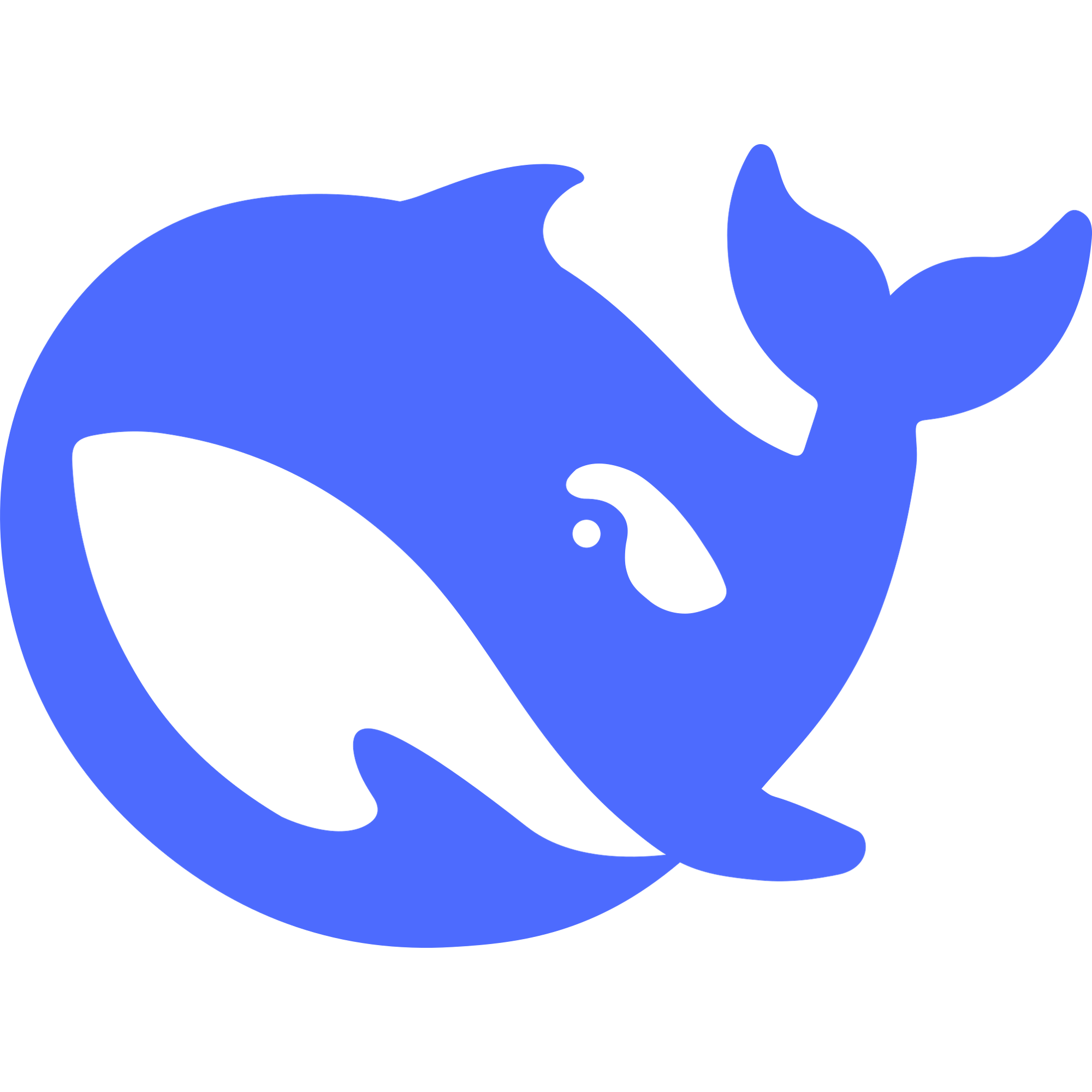
DeepSeek-V3-0324
DeepSeek V3 (0324) is the latest open-source Mixture-of-Experts (MoE) language model from DeepSeek, featuring 671B parameters (37B active per token). Released in March 2025 under the MIT license, it builds on DeepSeek V3 with major enhancements in reasoning, coding, front-end generation, and Chinese proficiency. It maintains cost-efficiency and function-calling support.


DeepSeek-V3-0324
DeepSeek V3 (0324) is the latest open-source Mixture-of-Experts (MoE) language model from DeepSeek, featuring 671B parameters (37B active per token). Released in March 2025 under the MIT license, it builds on DeepSeek V3 with major enhancements in reasoning, coding, front-end generation, and Chinese proficiency. It maintains cost-efficiency and function-calling support.


DeepSeek-V3-0324
DeepSeek V3 (0324) is the latest open-source Mixture-of-Experts (MoE) language model from DeepSeek, featuring 671B parameters (37B active per token). Released in March 2025 under the MIT license, it builds on DeepSeek V3 with major enhancements in reasoning, coding, front-end generation, and Chinese proficiency. It maintains cost-efficiency and function-calling support.
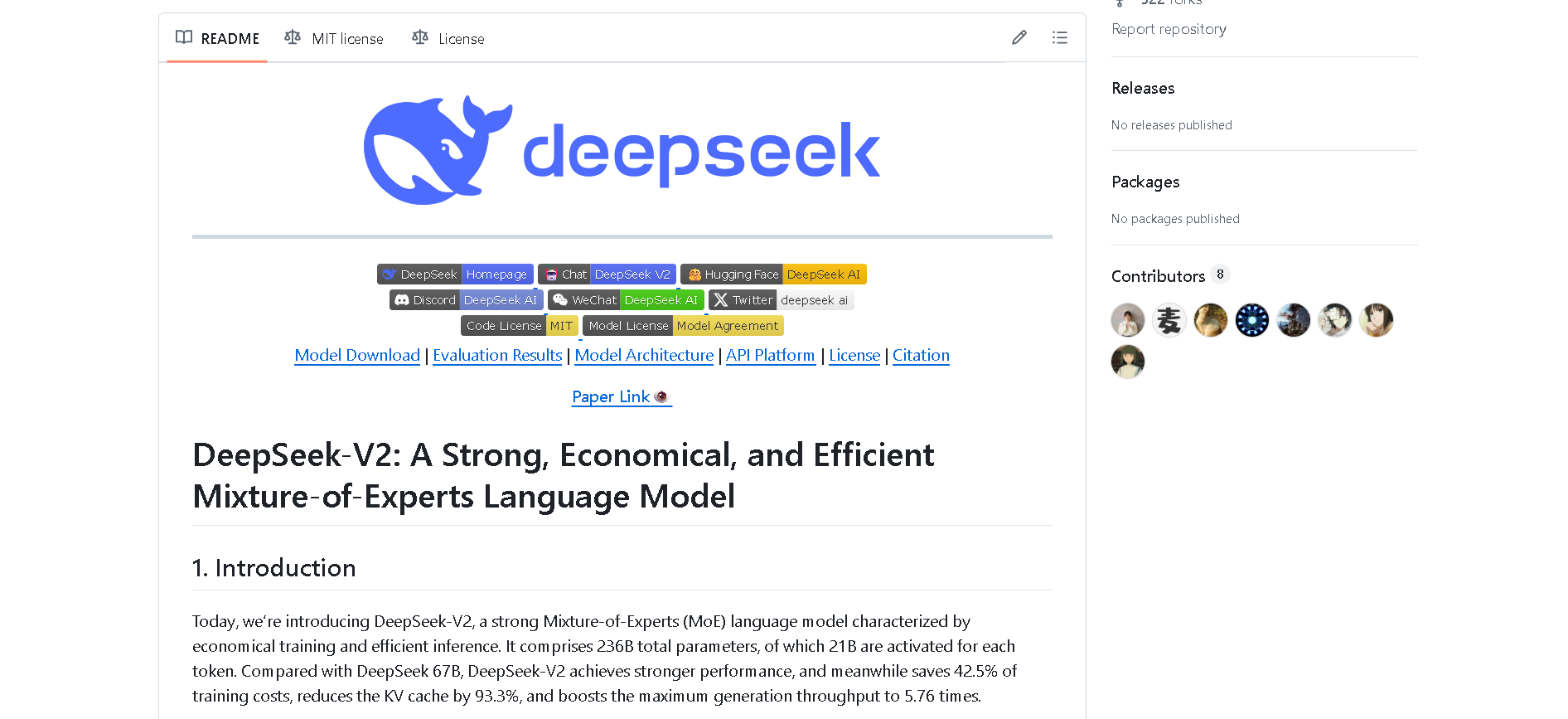
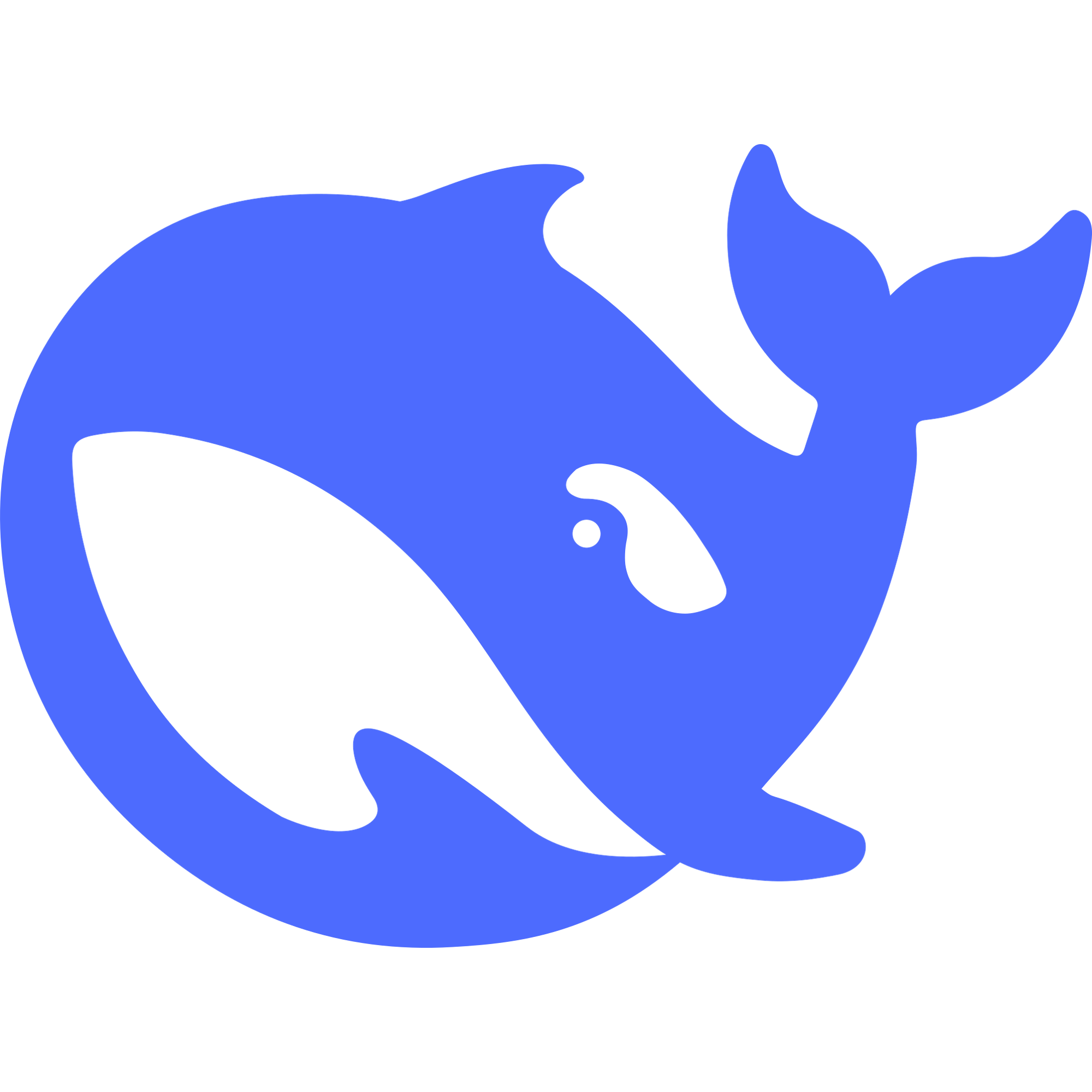
DeepSeek-V2
DeepSeek V2 is an open-source, Mixture‑of‑Experts (MoE) language model developed by DeepSeek-AI, released in May 2024. It features a massive 236 B total parameters with approximately 21 B activated per token, supports up to 128 K token context, and adopts innovative MLA (Multi‑head Latent Attention) and sparse expert routing. DeepSeek V2 delivers top-tier performance on benchmarks while cutting training and inference costs significantly.


DeepSeek-V2
DeepSeek V2 is an open-source, Mixture‑of‑Experts (MoE) language model developed by DeepSeek-AI, released in May 2024. It features a massive 236 B total parameters with approximately 21 B activated per token, supports up to 128 K token context, and adopts innovative MLA (Multi‑head Latent Attention) and sparse expert routing. DeepSeek V2 delivers top-tier performance on benchmarks while cutting training and inference costs significantly.


DeepSeek-V2
DeepSeek V2 is an open-source, Mixture‑of‑Experts (MoE) language model developed by DeepSeek-AI, released in May 2024. It features a massive 236 B total parameters with approximately 21 B activated per token, supports up to 128 K token context, and adopts innovative MLA (Multi‑head Latent Attention) and sparse expert routing. DeepSeek V2 delivers top-tier performance on benchmarks while cutting training and inference costs significantly.
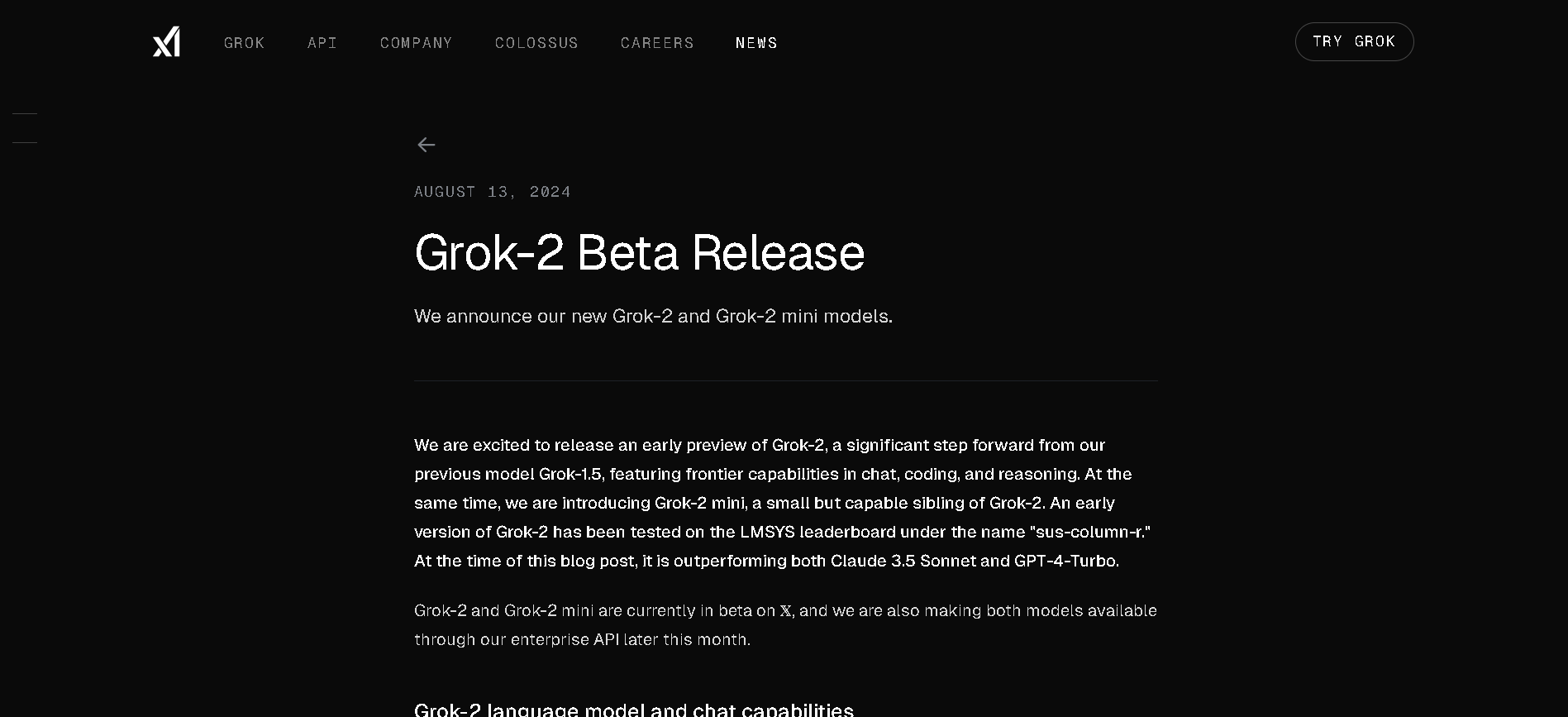
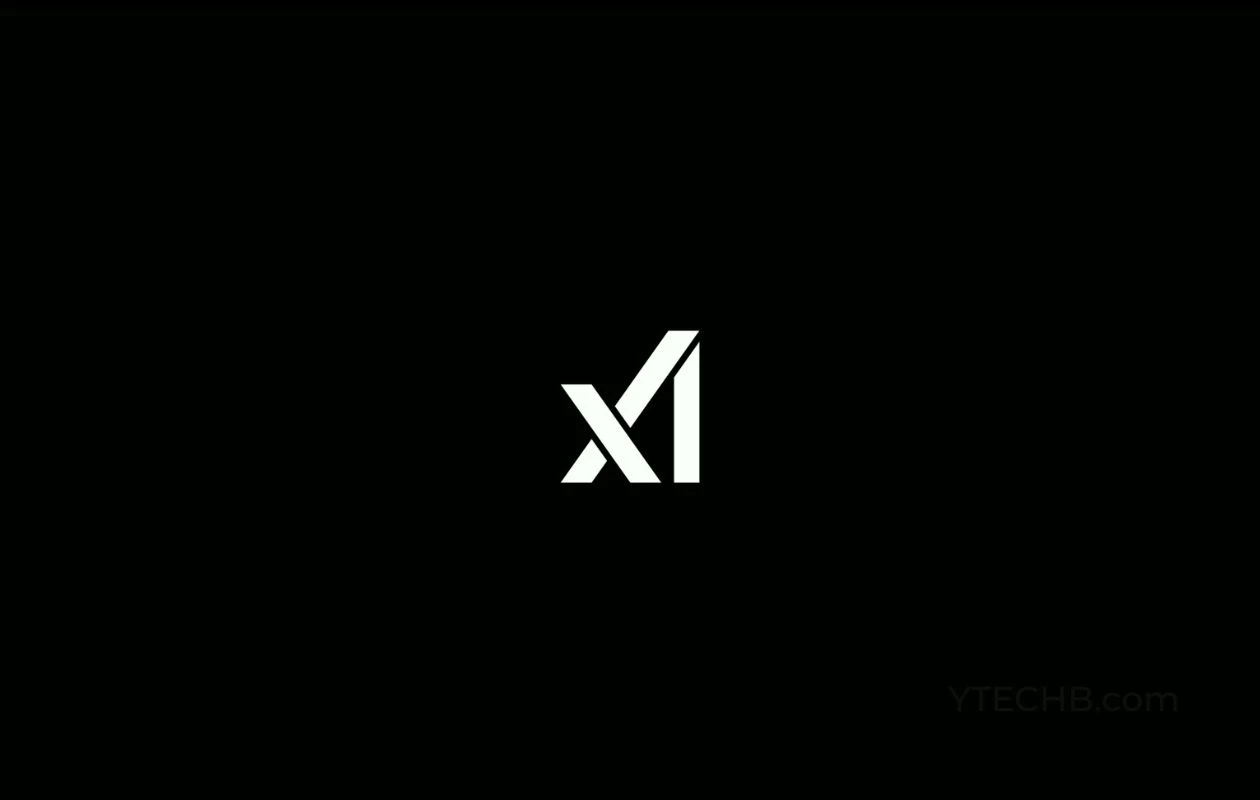
grok-2-vision
Grok 2 Vision (also known as Grok‑2‑Vision‑1212 or grok‑2‑vision‑latest) is xAI’s multimodal variant of Grok 2, designed specifically for advanced image understanding and generation. Launched in December 2024, it supports joint text+image inputs up to 32,768 tokens, excelling in visual math reasoning (MathVista), document question answering (DocVQA), object recognition, and style analysis—while also offering photorealistic image creation via the FLUX.1 model.


grok-2-vision
Grok 2 Vision (also known as Grok‑2‑Vision‑1212 or grok‑2‑vision‑latest) is xAI’s multimodal variant of Grok 2, designed specifically for advanced image understanding and generation. Launched in December 2024, it supports joint text+image inputs up to 32,768 tokens, excelling in visual math reasoning (MathVista), document question answering (DocVQA), object recognition, and style analysis—while also offering photorealistic image creation via the FLUX.1 model.


grok-2-vision
Grok 2 Vision (also known as Grok‑2‑Vision‑1212 or grok‑2‑vision‑latest) is xAI’s multimodal variant of Grok 2, designed specifically for advanced image understanding and generation. Launched in December 2024, it supports joint text+image inputs up to 32,768 tokens, excelling in visual math reasoning (MathVista), document question answering (DocVQA), object recognition, and style analysis—while also offering photorealistic image creation via the FLUX.1 model.
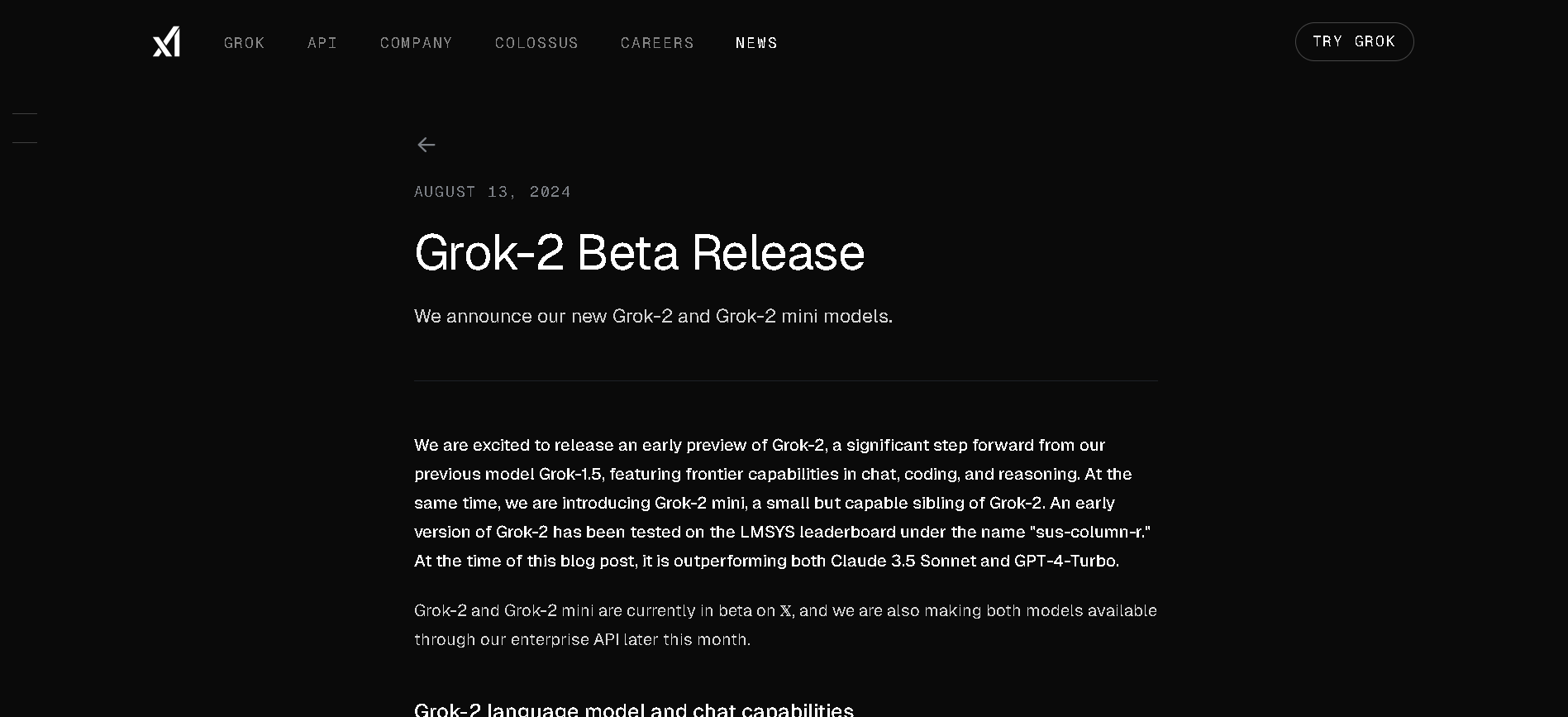
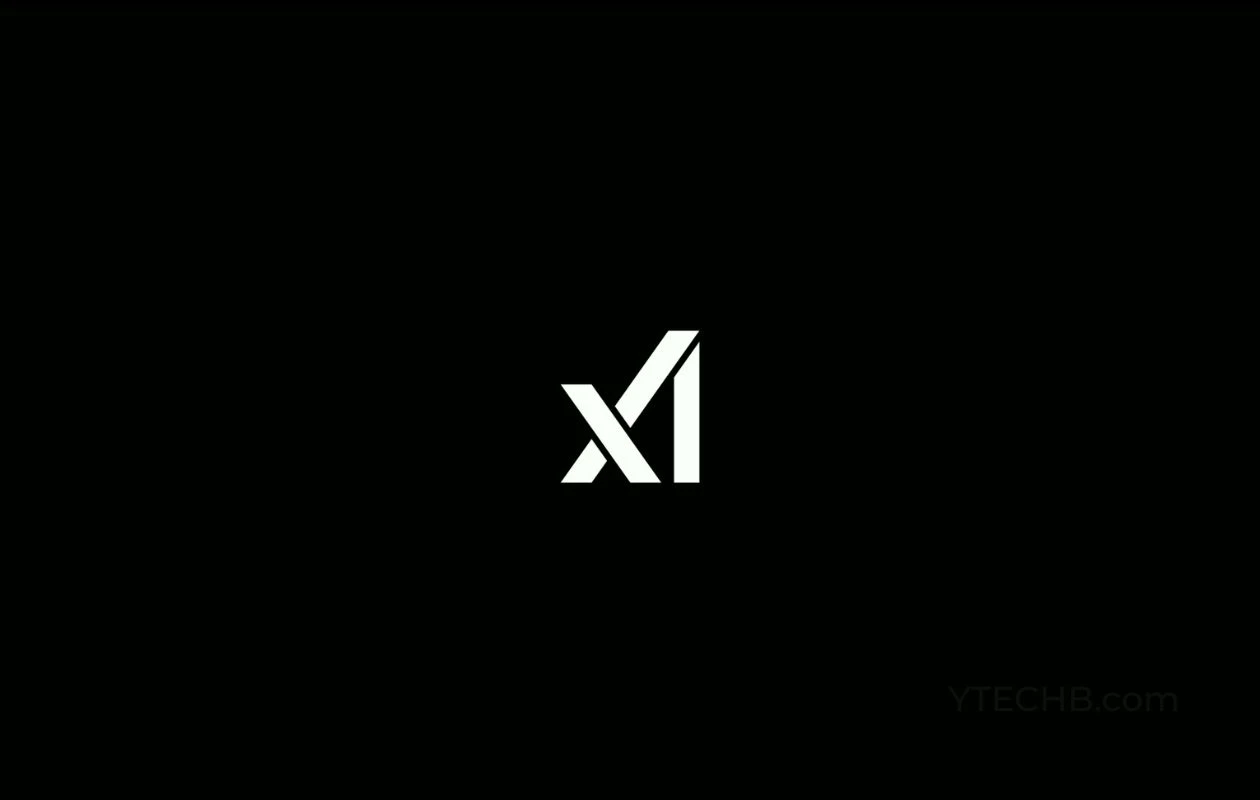
grok-2-vision-late..
Grok 2 Vision is xAI’s advanced vision-enabled variant of Grok 2, launched in December 2024. It supports joint text + image inputs with a 32K-token context window, combining image understanding, document QA, visual math reasoning (e.g., MathVista, DocVQA), and photorealistic image generation via FLUX.1 (later complemented by Aurora). It scores state-of-the-art on multimodal tasks.


grok-2-vision-late..
Grok 2 Vision is xAI’s advanced vision-enabled variant of Grok 2, launched in December 2024. It supports joint text + image inputs with a 32K-token context window, combining image understanding, document QA, visual math reasoning (e.g., MathVista, DocVQA), and photorealistic image generation via FLUX.1 (later complemented by Aurora). It scores state-of-the-art on multimodal tasks.


grok-2-vision-late..
Grok 2 Vision is xAI’s advanced vision-enabled variant of Grok 2, launched in December 2024. It supports joint text + image inputs with a 32K-token context window, combining image understanding, document QA, visual math reasoning (e.g., MathVista, DocVQA), and photorealistic image generation via FLUX.1 (later complemented by Aurora). It scores state-of-the-art on multimodal tasks.
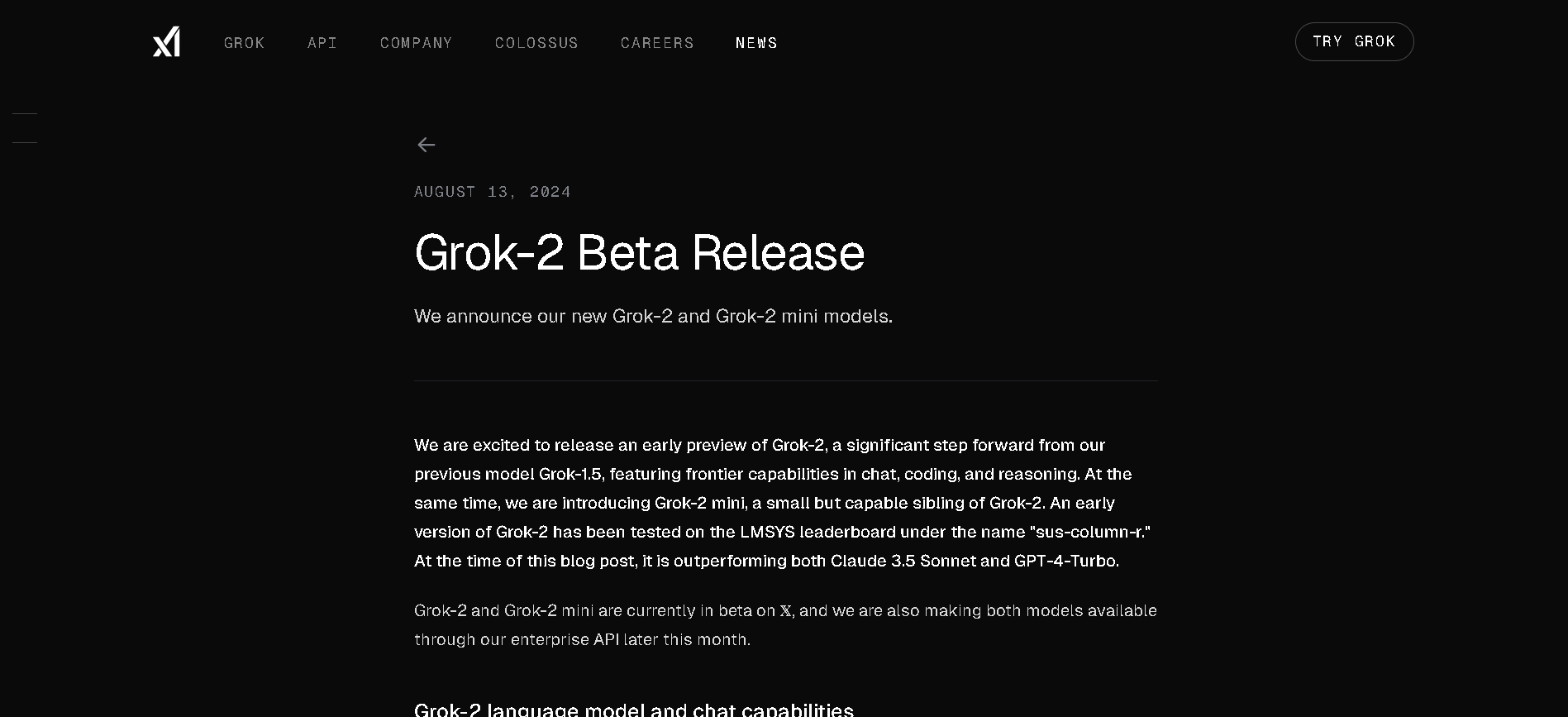
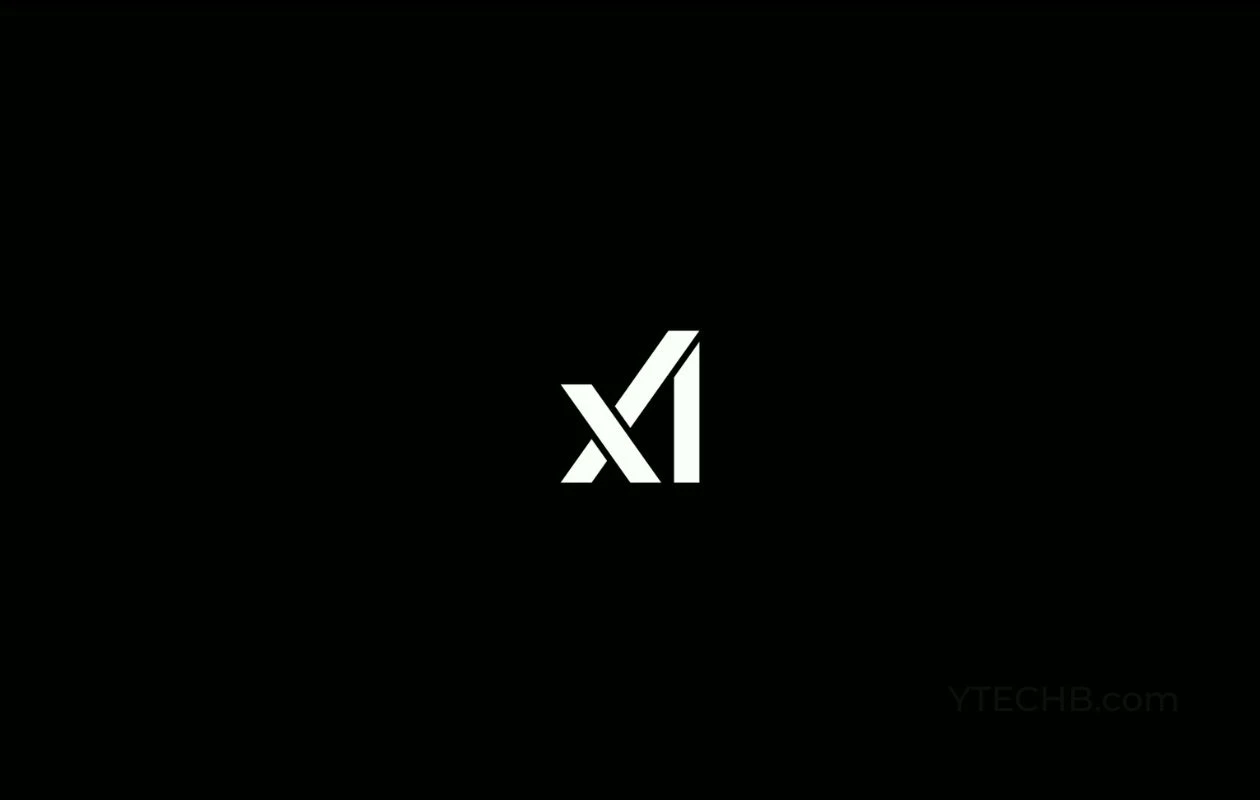
grok-2-vision-1212
Grok 2 Vision – 1212 is a December 2024 release of xAI’s multimodal large language model, fine-tuned specifically for image understanding and generation. It supports combined text and image inputs (up to 32,768 tokens) and excels in document question answering, visual math reasoning, object recognition, and photorealistic image generation powered by FLUX.1. It also supports API deployment for developers and enterprises.


grok-2-vision-1212
Grok 2 Vision – 1212 is a December 2024 release of xAI’s multimodal large language model, fine-tuned specifically for image understanding and generation. It supports combined text and image inputs (up to 32,768 tokens) and excels in document question answering, visual math reasoning, object recognition, and photorealistic image generation powered by FLUX.1. It also supports API deployment for developers and enterprises.


grok-2-vision-1212
Grok 2 Vision – 1212 is a December 2024 release of xAI’s multimodal large language model, fine-tuned specifically for image understanding and generation. It supports combined text and image inputs (up to 32,768 tokens) and excels in document question answering, visual math reasoning, object recognition, and photorealistic image generation powered by FLUX.1. It also supports API deployment for developers and enterprises.
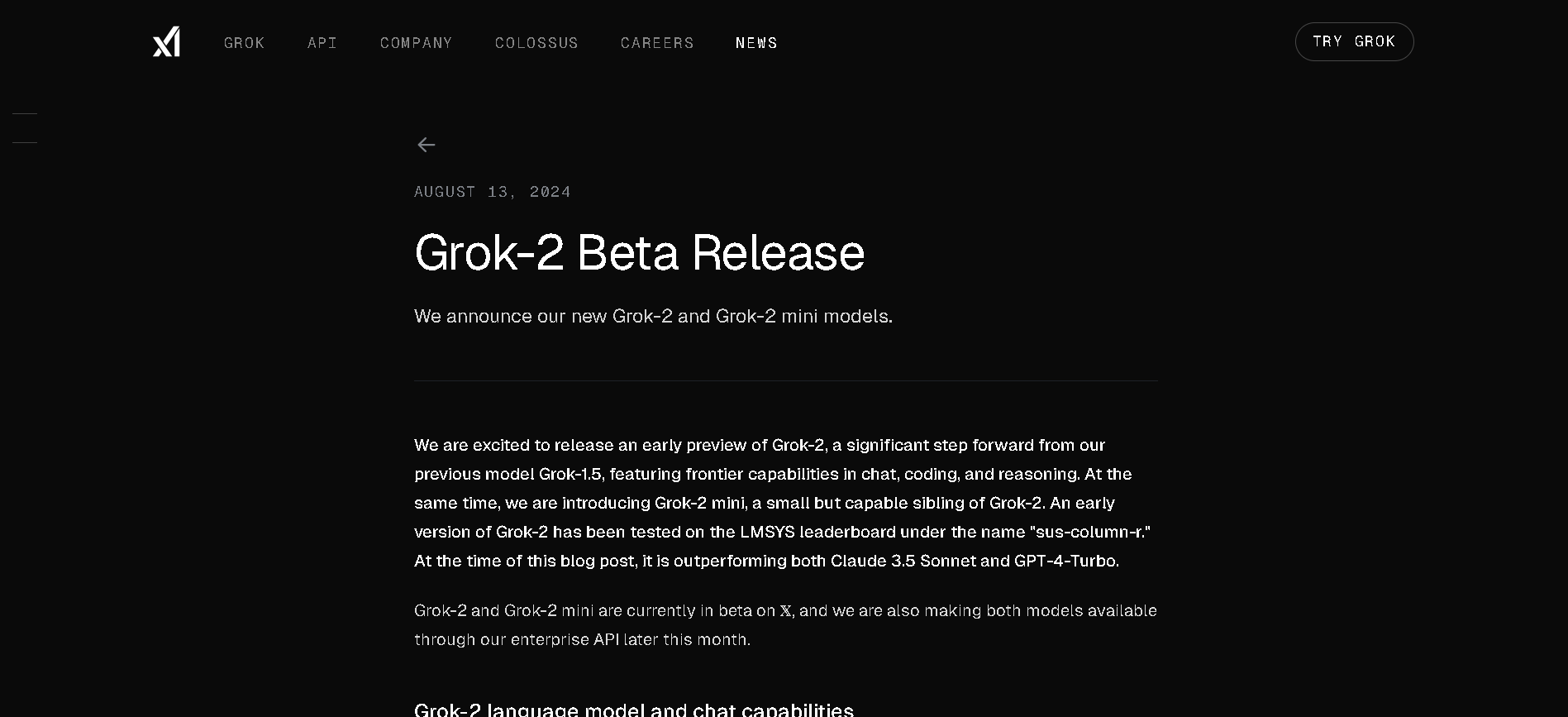
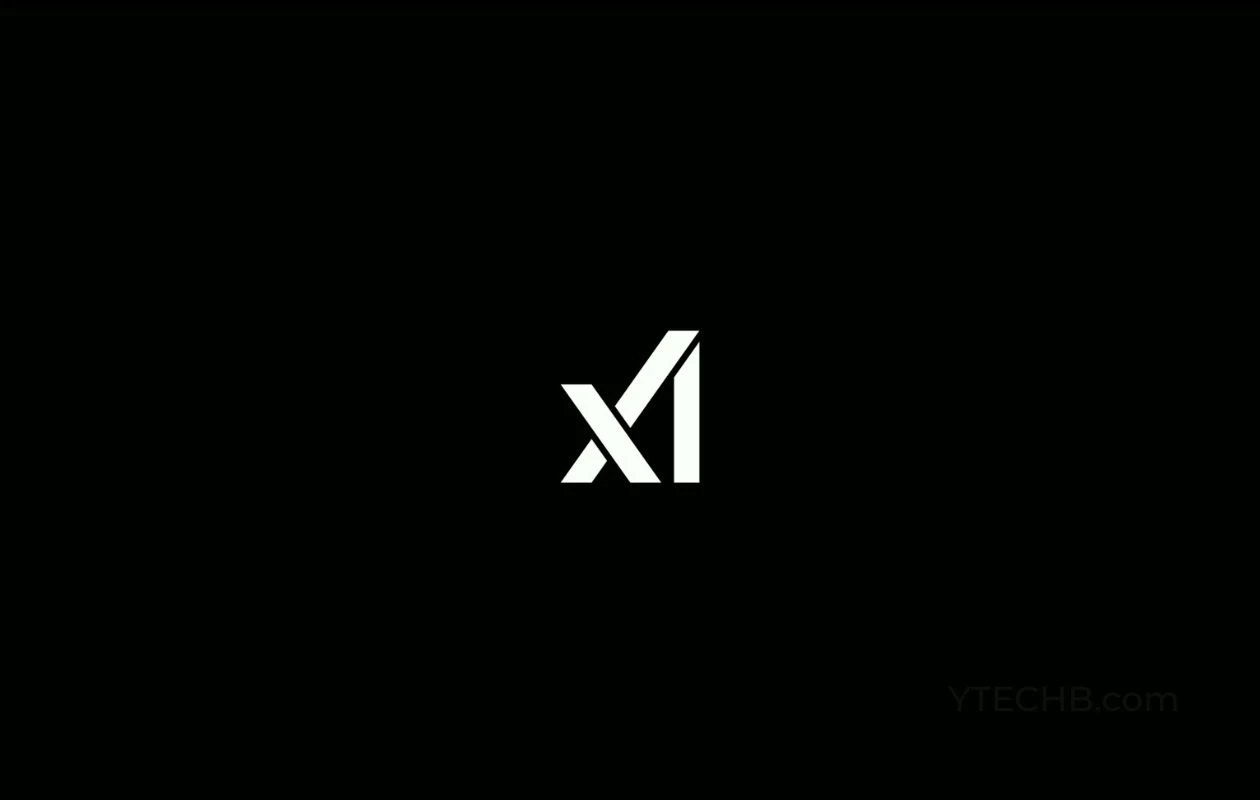
grok-2-image-1212
Grok 2 Image 1212 (also known as grok-2-image-1212) is xAI’s December 2024 release of their unified image generation and understanding model. Built on Grok 2, it combines Aurora-powered photorealistic image creation with strong multimodal comprehension—handling image editing, vision QA, chart interpretation, and document analysis—within a single API and 32,768-token context.


grok-2-image-1212
Grok 2 Image 1212 (also known as grok-2-image-1212) is xAI’s December 2024 release of their unified image generation and understanding model. Built on Grok 2, it combines Aurora-powered photorealistic image creation with strong multimodal comprehension—handling image editing, vision QA, chart interpretation, and document analysis—within a single API and 32,768-token context.


grok-2-image-1212
Grok 2 Image 1212 (also known as grok-2-image-1212) is xAI’s December 2024 release of their unified image generation and understanding model. Built on Grok 2, it combines Aurora-powered photorealistic image creation with strong multimodal comprehension—handling image editing, vision QA, chart interpretation, and document analysis—within a single API and 32,768-token context.
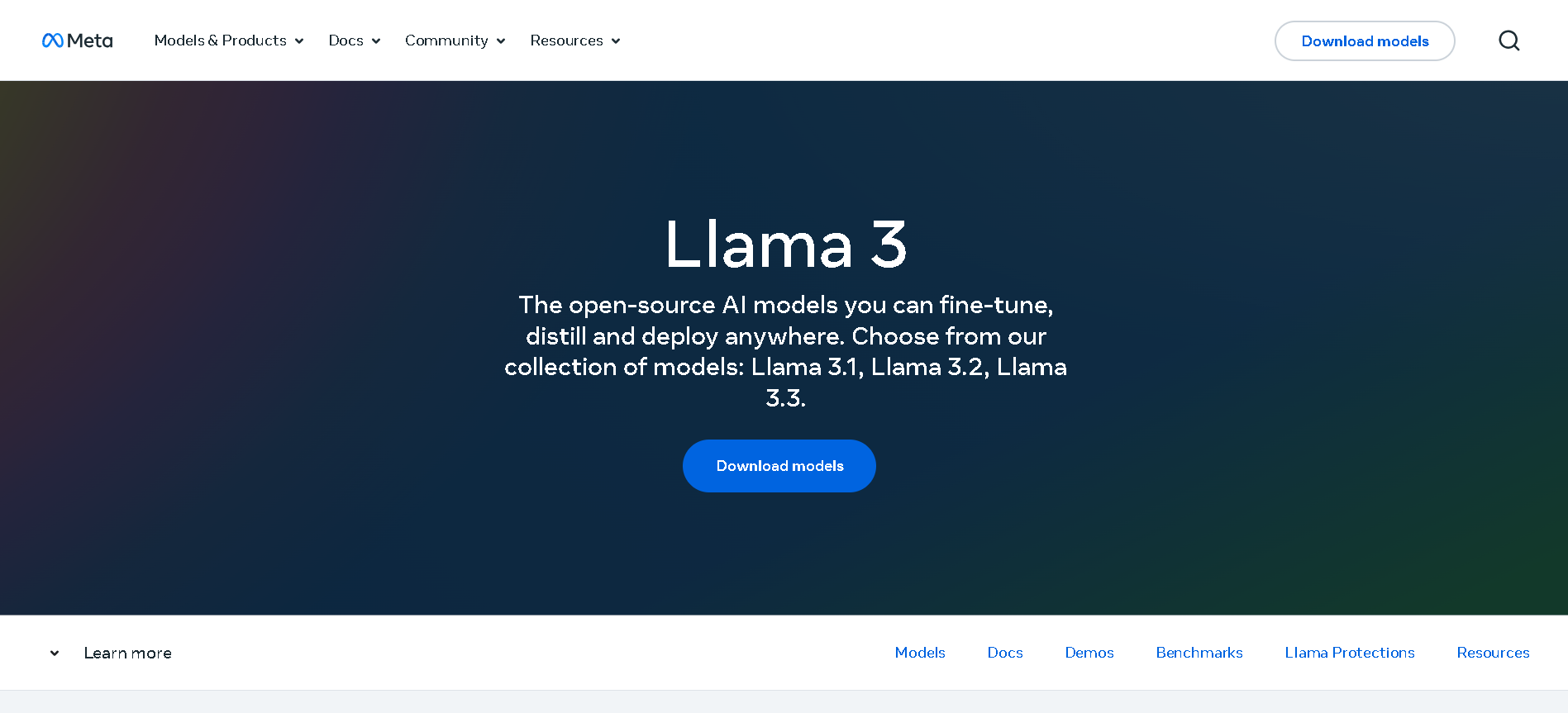

Meta Llama 3.1
Llama 3.1 is Meta’s most advanced open-source Llama 3 model, released on July 23, 2024. It comes in three sizes—8B, 70B, and 405B parameters—with an expanded 128K-token context window and improved multilingual and multimodal capabilities. It significantly outperforms Llama 3 and rivals proprietary models across benchmarks like GSM8K, MMLU, HumanEval, ARC, and tool-augmented reasoning tasks.


Meta Llama 3.1
Llama 3.1 is Meta’s most advanced open-source Llama 3 model, released on July 23, 2024. It comes in three sizes—8B, 70B, and 405B parameters—with an expanded 128K-token context window and improved multilingual and multimodal capabilities. It significantly outperforms Llama 3 and rivals proprietary models across benchmarks like GSM8K, MMLU, HumanEval, ARC, and tool-augmented reasoning tasks.


Meta Llama 3.1
Llama 3.1 is Meta’s most advanced open-source Llama 3 model, released on July 23, 2024. It comes in three sizes—8B, 70B, and 405B parameters—with an expanded 128K-token context window and improved multilingual and multimodal capabilities. It significantly outperforms Llama 3 and rivals proprietary models across benchmarks like GSM8K, MMLU, HumanEval, ARC, and tool-augmented reasoning tasks.
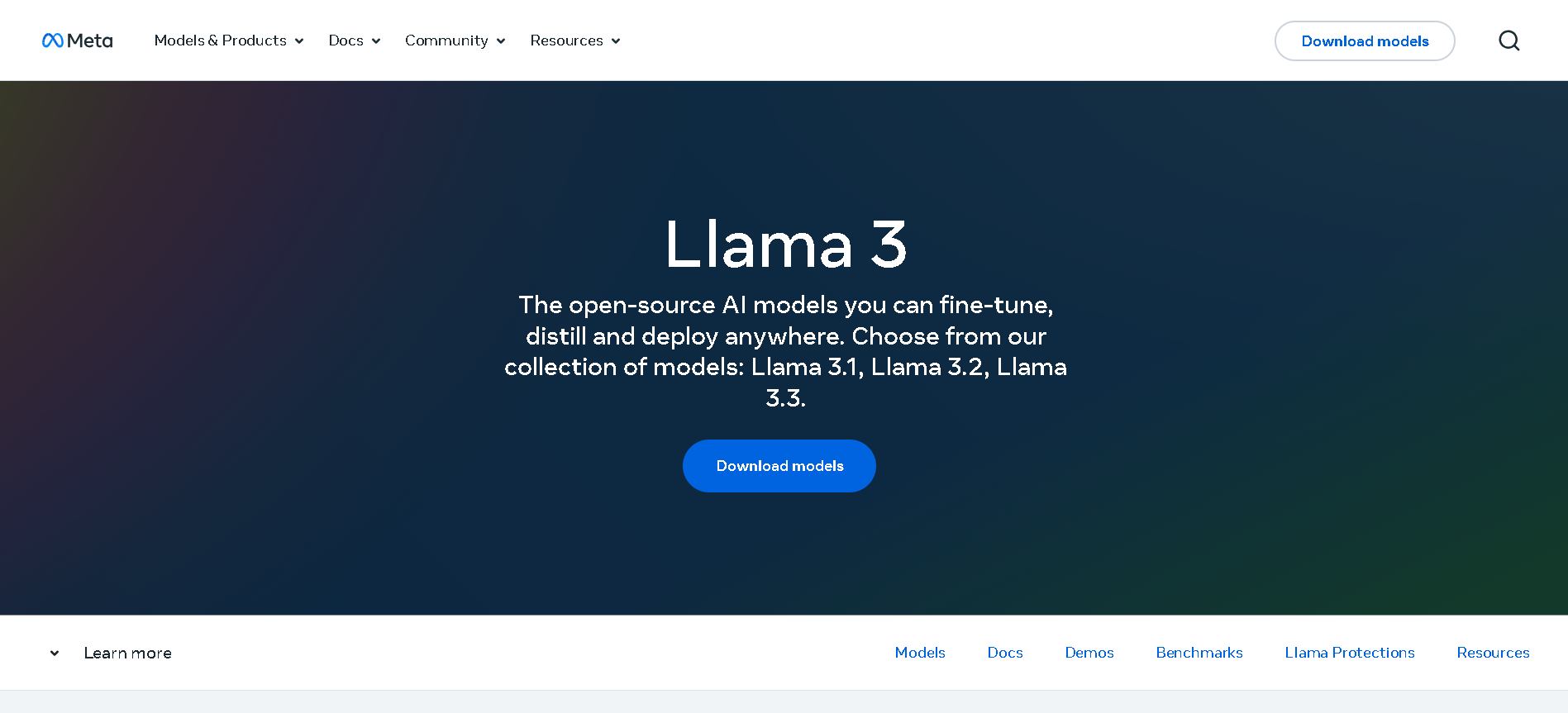

Meta Llama 3.2
Llama 3.2 is Meta’s multimodal and lightweight update to its Llama 3 line, released on September 25, 2024. The family includes 1B and 3B text-only models optimized for edge devices, as well as 11B and 90B Vision models capable of image understanding. It offers a 128K-token context window, Grouped-Query Attention for efficient inference, and opens up on-device, private AI with strong multilingual (e.g. Hindi, Spanish) support.


Meta Llama 3.2
Llama 3.2 is Meta’s multimodal and lightweight update to its Llama 3 line, released on September 25, 2024. The family includes 1B and 3B text-only models optimized for edge devices, as well as 11B and 90B Vision models capable of image understanding. It offers a 128K-token context window, Grouped-Query Attention for efficient inference, and opens up on-device, private AI with strong multilingual (e.g. Hindi, Spanish) support.


Meta Llama 3.2
Llama 3.2 is Meta’s multimodal and lightweight update to its Llama 3 line, released on September 25, 2024. The family includes 1B and 3B text-only models optimized for edge devices, as well as 11B and 90B Vision models capable of image understanding. It offers a 128K-token context window, Grouped-Query Attention for efficient inference, and opens up on-device, private AI with strong multilingual (e.g. Hindi, Spanish) support.
Editorial Note
This page was researched and written by the ATB Editorial Team. Our team researches each AI tool by reviewing its official website, testing features, exploring real use cases, and considering user feedback. Every page is fact-checked and regularly updated to ensure the information stays accurate, neutral, and useful for our readers.
If you have any suggestions or questions, email us at hello@aitoolbook.ai
